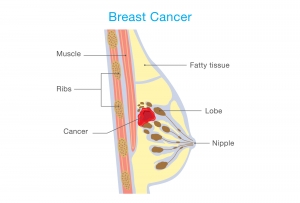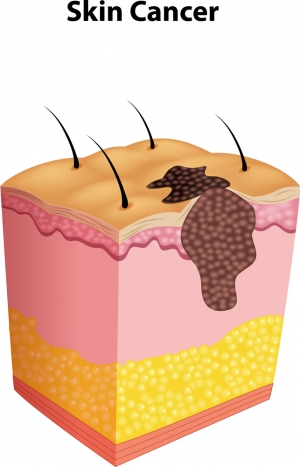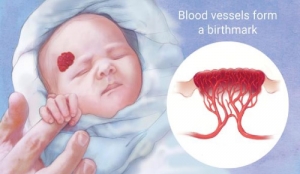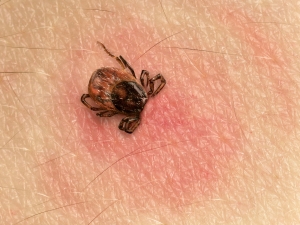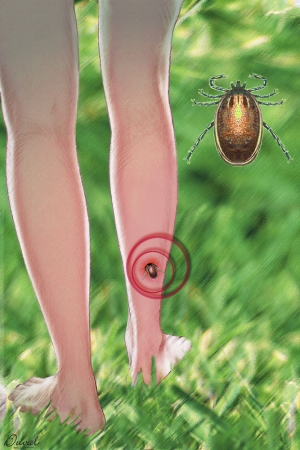COVID-19 is not the only pandemic threatening the world right now. Metabolic syndrome (a combination of obesity, high blood pressure, and high blood sugar) which has been rising for decades before COVID-19 deteriorates overall health making people prone to other acute and chronic diseases. According to the CDC, close to 50% of the adult population in the US already has high blood pressure and only 1 in 4 of them have it under control. Appropriately named as the “silent killer,” consistent high blood pressure damages multiple organ systems in the body. In addition to the increased risk of a fatal heart attack and stroke, hypertension is a cause of other debilitating conditions such as heart failure, kidney damage, and various eye problems including blindness. While there are a large number of antihypertensive medications, some of the most common ones are thiazide diuretics, calcium channel blockers, beta-blockers, and ACE inhibitors. Most of these drugs are useful only for the temporary reduction of hypertension and are associated with a wide array of side effects. A very recent clinical trial conducted on more than 300,000 adults revealed that prolonged use of thiazides, including hydrochlorothiazide, was associated with a significantly increased risk of skin cancer.1
Despite advances in understanding the development of cancer and how it spreads, the method of cancer treatment has not changed much. For the past several decades the main treatment options for a cancer patient have been surgery, chemotherapy and/or radiation therapy. Although there are newer chemotherapy drugs available to treat cancers, the cancer death rate continues to rise. Each of the current treatment options is associated with inherent risks and side effects and most patients are submitted to some combination of these options.
After skin cancer, breast cancer is the most common cancer in women in the US, and about 1 in 8 are likely to develop it during their lifetime. According to the American Cancer Society, approximately 268,600 new cases of invasive breast cancer and 62,930 of noninvasive (in-situ) breast cancers will be diagnosed in the US this year.
Despite expensive treatment options and the availability of pharmaceutical drugs, the long-term outlook for curing breast cancer remains poor. While women are aware of breast cancer, very few take steps towards prevention other than mammogram screenings. Men can also develop breast cancer and one percent of all breast cancers are in males. However, male breast cancer is difficult to treat, which is mainly due to lack of awareness and a delay in diagnosis resulting in the cancer having already spread.
Diabetes, which is characterized by elevated blood glucose levels, is the fastest growing non-communicable disease in the world today. In the last two decades, the number of people suffering from diabetes has skyrocketed and it is projected to increase from 171 million in 2000 to 438 million in 2030. Approximately 6000 Americans are diagnosed with diabetes. Type II diabetes has been considered by many as a disease affecting older and overweight people; however, it is now more frequently diagnosed in children and young adults under 25 years of age, as well as in individuals that are not necessarily overweight. Sustained high blood sugar levels can lead to serious diabetic complications including atherosclerosis, stroke, kidney failure, neuropathy, impaired wound healing, and cataracts, and it can lead to long-term disability.
With the arrival of summer, people become acutely aware of exposure to the sun, the risk of skin cancers and the importance of the use of sunscreen. Skin cancer is the most common of all types of cancers in the USA and other developed countries. Worldwide, it accounts for more than 30% of all diagnosed cancers. Basal cell carcinoma, squamous cell carcinoma, and melanoma are the most common forms of skin cancers, and malignant melanoma is the most dangerous of all of them. According to the American Cancer Society, approximately 96,480 new melanoma cases are expected to be diagnosed in 2019 and melanoma will be attributed as a cause of death for 7,230 people. It is estimated that one in five people will develop skin cancer in their lifetime.
In our last Health Science News Page, we focused on various types of air pollutants and how they affect health worldwide. In this issue, we discuss how micronutrients can help to alleviate the many harmful effects of air pollution. Research and clinical data show that a healthy diet can provide some preventative benefit. Multiple clinical trials are investigating the benefits of micronutrients in averting the harmful effects of air pollution, and the major micronutrients that may help are the B group of vitamins, vitamins C and E, phytobiologicals, and omega-3 fatty acids.
Air pollution is one of the most serious environmental problems in today’s world. Except for occasional natural events such as volcanic eruptions and wildfires, human activities are the sole contributor for the disastrous levels of particulate matter that is present in the air. Air pollution is the presence of excessive biological or chemical compounds in the air due to many things such as transportation, industrialization, agriculture, dust, household energy consumption, waste production and so on. Ozone emission is a major part of air pollution in cities and creates smog. In general, a modern life style and urbanization has resulted in more than 91% of the world’s population living in places where the air quality is detrimental to health.
Hemangiomas are the most common birth defect involving malformations of blood vessels leading to benign tumors in infants and children. Approximately 4-10% of infants are born with at least one hemangioma. A recent increase in the incidence of hemangiomas in the United States is found to be linked with the increase in the frequency of low birth weight infants. More frequently seen in Caucasians than African Americans or Asians, the hemangiomas are five times more common in females than males.
With the approaching summer season, we discussed some aspects of vector borne diseases mainly, Lyme disease in the last section of the Health Science News Page. Lyme disease (LD) was first widely recognized in 1975 by Old Lyme in Connecticut, USA, and today it results in approximately 30,000 cases per year in the USA and 65-80,000 cases in Europe. However due to misdiagnoses and underreporting, it is thought that the actual number of Lyme disease cases could be close to 300,000. And recently the Centers for Disease Control and Prevention (CDC) reported that the insect borne diseases have tripled in the last decade.
According to a recent report published by the Centers for Disease Control and Prevention (CDC), insect-borne diseases in the US have tripled over a period from 2004 through 2016. Ticks, mosquitoes, and fleas are the most common carriers of diseases. These types of biting insects are referred to as vectors. Since 2004, nine additional insect-borne diseases were discovered in the USA. With worldwide weather patterns changing, the longer hotter summer seasons are thought to be one of the leading causes of the increase in vector-borne diseases. Warm weather influences the breeding habits as well as the expansion of the territories of mosquitoes, ticks, and fleas. Additionally, increased intercontinental travel and reforestation of suburban areas expose more people to insects and wildlife carrying these vectors.


